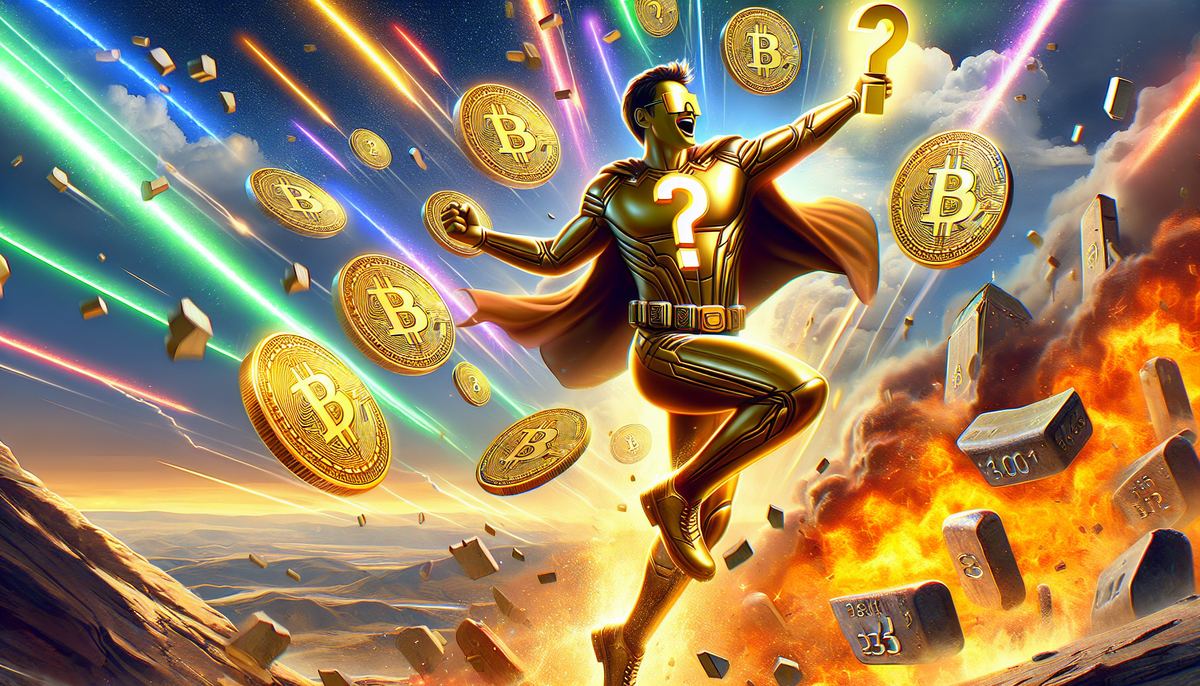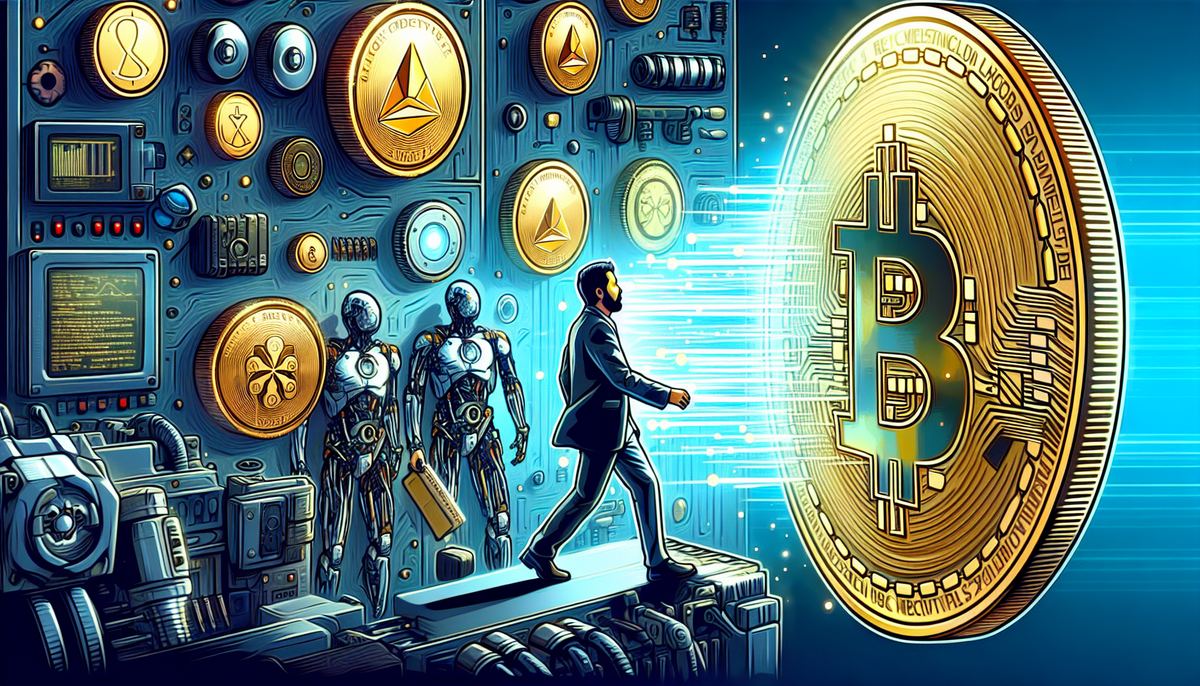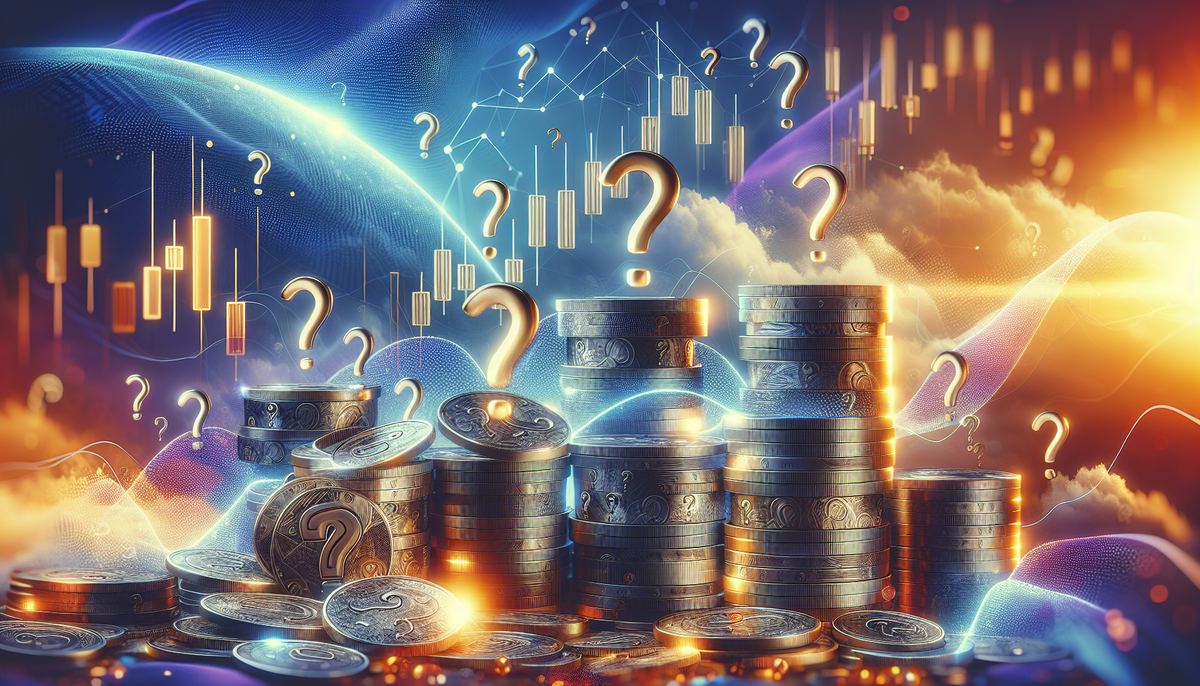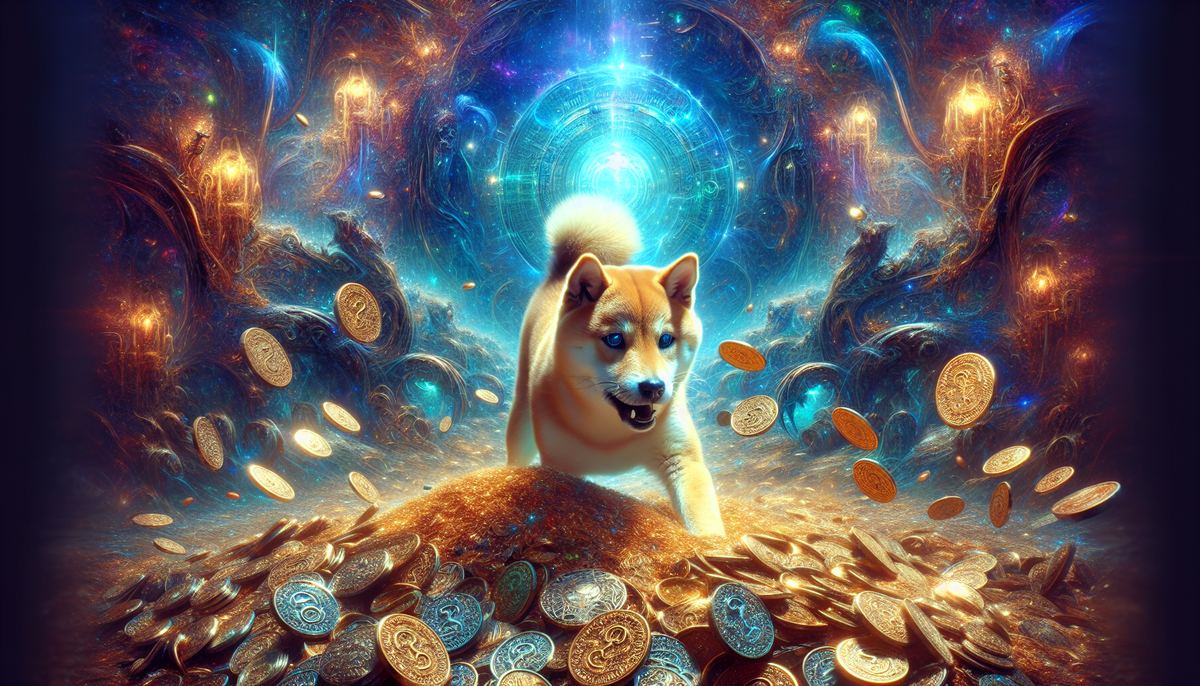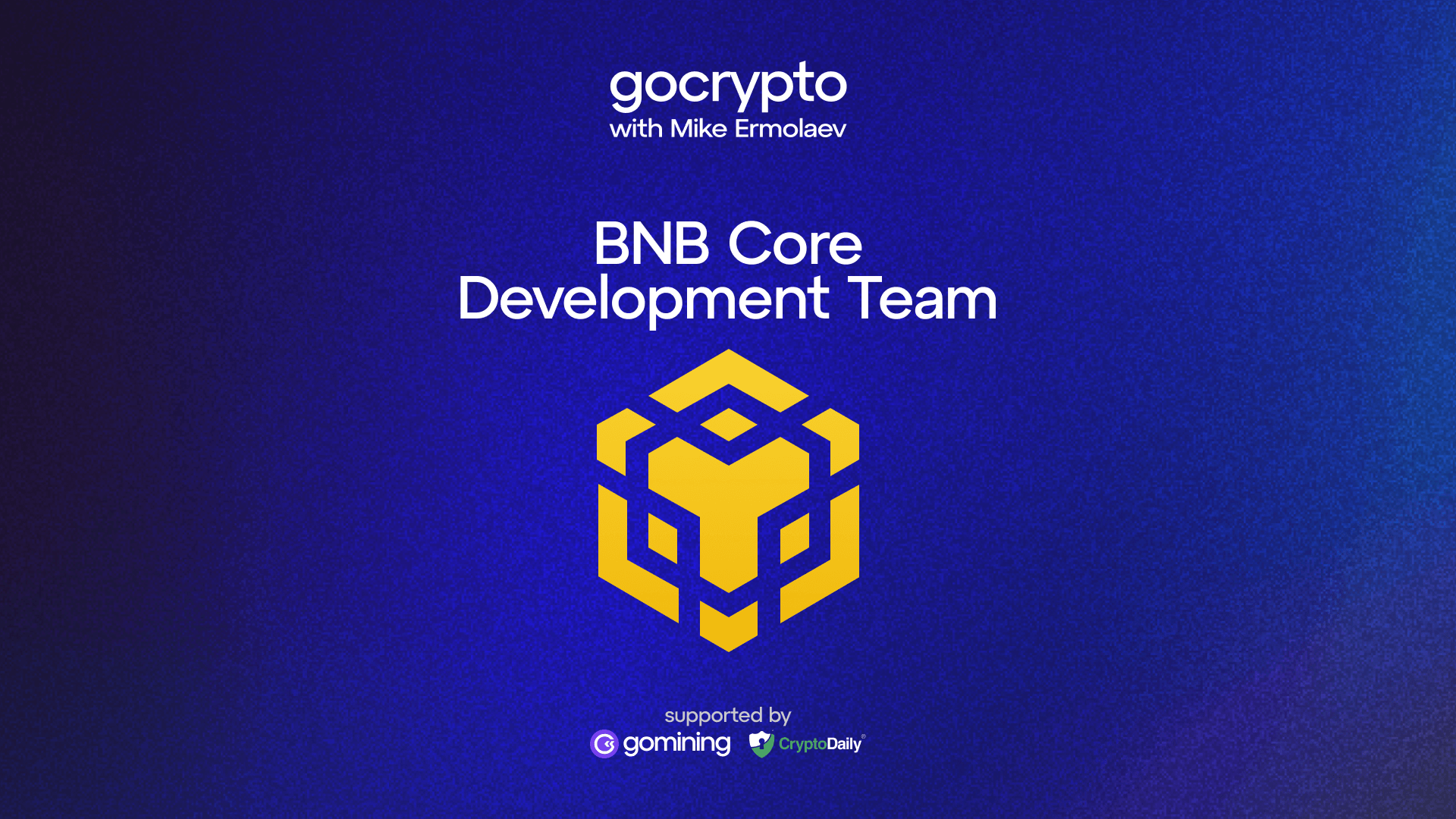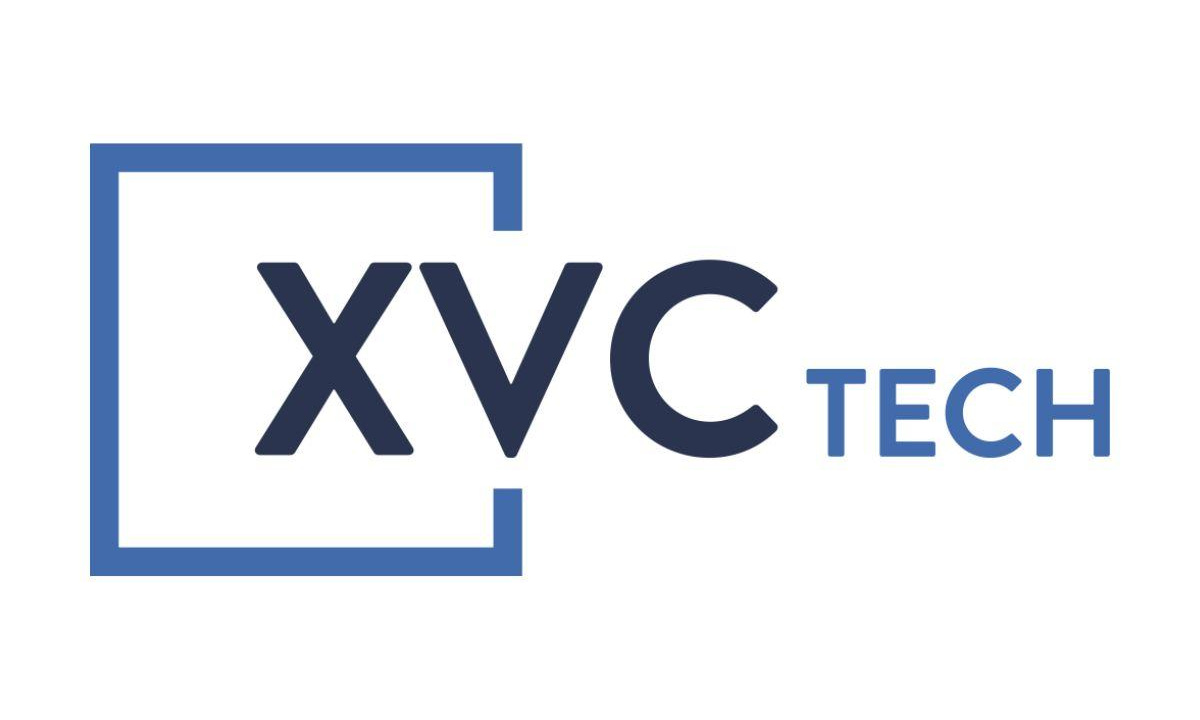In 2020, the market cap of decentralized stablecoins increased by 20 times. Despite a significant increase, the current market share of decentralized stablecoins is less than 10%. The future growth potential will be even more significant.
Mars Ecosystem, a new project aiming to overcome the challenges of decentralized stablecoins, is pleased to confirm it has successfully raised $2 million in seed funding. The round attracted investment from several major blockchain funds, including Continue Capital, Parallel Ventures, Kernel Ventures, and YBB Foundation, among others. The team will now use the funds to help deliver the milestones on its ambitious 2021 roadmap, including an imminent Genesis launch.
The fundamental problems of decentralized stablecoin protocols
At present, various stablecoin protocols face trade-offs in terms of price stability, degree of decentralization, and scalability. There are also two fundamental problems in common: one is the positive externality problem, and the other is the integration problem.
The positive externality problem of stablecoin protocols: The costs of producing and maintaining stablecoins are incurred by the protocol and its users (minters, share holders, bond holders), but the majority of the value comes from the transaction of stablecoins in other DeFi protocols and is captured by these DeFi protocols. The stablecoin protocol cannot capture the value created by it like other DeFi protocols, so the supply of stablecoins from the stablecoin protocol is always less than the real demand for it in the crypto economy.
The integration problem of stablecoin protocols: The demand for stablecoins created by the stablecoin protocol is highly dependent on the degree of integration of stablecoins with other DeFi protocols other than the stablecoin protocol. If the integration of stablecoins with other DeFi protocols is ignored, then the supply growth and stability of stablecoins will be affected.
Mars Ecosystem's solution to the fundamental problems
Mars Ecosystem is an innovative decentralized stablecoin model that solves the problems of positive externalities and integration. The ecosystem combines the creation and use of stablecoins within its own system through three products: Mars Treasury, Mars Stablecoin, and the Mars DeFi protocol. The Mars Stablecoin is a decentralized, price-stable, capital-efficient, and highly scalable protocol. Furthermore, Mars Treasury has the potential to become the central bank of the DeFi world.
Mars Ecosystem has the following unique innovations:
- Treasury assets classification mechanism
- Mintage control mechanism
- Anti-"bank run" mechanism
- The integration of DeFi protocols and stablecoin into the same system
Treasury assets classification mechanism
When minting USDM, users need to place $1 worth of Mars Treasury whitelist assets into the Mars Treasury. The whitelisted assets accepted by the Mars Treasury are divided into the following levels:
- a) Stablecoin
- b) Digital gold (BTC)
- c) Layer-1 leaders (ETH, BNB, etc.)
- d) DeFi Blue Chips (UNI, AAVE, etc.)
- e) Mars Ecosystem Token (XMS)
The volatility of assets from level 1 to level 5 gradually increases. Mars Treasury determines the maximum acceptable proportion of various assets in the treasury according to the volatility of multiple assets. The greater the volatility of an asset, the lower the maximum acceptable proportion in the treasury.
The design of the Treasury assets classification mechanism is a solution to the integration problem of the stablecoin protocol. By accepting mainstream DeFi protocol tokens into the treasury to mint Mars stablecoins, Mars treasury can accumulate mainstream DeFi protocol tokens. Holding mainstream DeFi protocol tokens, Mars Ecosystem aims to cooperate with mainstream DeFi protocols and participate in their governance, especially when it comes to a proposal that is favorable to the integration of Mars stablecoins into these DeFi agreements.
Mintage control mechanism
The maximum circulating supply of USDM is determined by the market cap of XMS.
Every 3 minutes, the system calculates the average market cap of XMS in the past 3 minutes, and divides this average market cap by a parameter called XMS Support Ratio which is determined by the protocol governance. The number thus obtained is defined as USDM Supply Cap. In the next 3 minutes, users can only mint USDM up to this USDM Supply Cap.
If the XMS support ratio is 3, then the market cap of XMS will always be 3 times the USDM Supply Cap minted. This value capture model can capture the growing demand for stablecoin USDM like traditional seigniorage model or governance token burn model. At the same time, when the demand for stablecoin decreases and the users redeem stablecoins to governance tokens and sell governance tokens on the market, the mintage control mechanism ensures that the market cap of governance tokens is sufficient to support the stablecoin price stability. Intuitively, there is a governance token of at least $3 backing every stablecoin in circulation.
Anti-"bank run" mechanism
The anti-"bank run" mechanism is guaranteed by the asymmetry of minting and redeeming assets.
The asymmetry of minting and redeeming assets means that users place the Mars Treasury whitelisted assets into the Mars Treasury when minting USDM, and get XMS when redeeming USDM, so the assets submitted to the Mars Treasury during minting and the assets obtained when redeeming are different.
The symmetric design of Frax and other stablecoin protocols can cause "bank runs", because from the perspective of game theory, redeeming stablecoins as early as possible is the optimal strategy for all users.
The asymmetric design of Mars Ecosystem makes redeeming stablecoins as early as possible no longer an optimal strategy for all users: users who redeem USDM early can have better liquidity when selling XMS than users who redeem USDM later. But all users who are eager to sell XMS must bear the slippage loss when trading on Mars Swap; because Mars Treasury is the main provider of XMS liquidity, these slippage losses are captured by Mars Treasury, and the ratio of the value of Mars Treasury’s reserve assets to the amount of USDM owned by the users will rise, so users who redeem later or never redeem can exchange their USDM for greater value. This anti-"bank run" mechanism prevents the protocol from collapsing even in the most extreme cases.
The integration of DeFi protocols and stablecoin into the same system
Compared with other stablecoin protocols, Mars Ecosystem includes a variety of DeFi protocols in addition to the stablecoin module. Transaction fees generated by the Mars stablecoin circulating on these Mars DeFi protocols can be captured by the Mars Ecosystem and provide valuable support for the Mars Ecosystem governance token.
For example, Mars Swap is an AMM DEX similar to Uniswap. Mars Swap provides mining incentives for LPs and transactions of Mars stablecoins, thereby incentivizing users to use Mars stablecoins on Mars Swap. This design will incentivize early use cases to help alleviate the integration problem of the stablecoin protocol. On the other hand, users can stake Mars Ecosystem governance token in Mars Swap to obtain Mars Swap transaction fees. This design is a solution to the externality problem of the stablecoin protocol.
Roadmap to Mars
Mars Ecosystem has committed to an ambitious roadmap covering the next year of development.
On June 14, the project will launch IDOs on several major BSC launchpads including BakerySwap, Launchzone and Helmet.insure. There is also an IMO (Initial Mars Offering) opportunity on Mars Ecosystem website where small investors can enjoy better investment terms than VCs and institutions.
Mars Swap will also be launched on BSC on June 14, so all the governance token holders can stake at Mars Swap to earn transaction fees.
A Genesis Launch event will be held in late June. The purpose of the Genesis event is to onboard the first batch of users to mint stablecoins in Mars Ecosystem and to earn free rewards.
In Q3 2021, Mars Stableswap, which is an DEX for stablecoins, will be launched. The system will also be expanded to Ethereum and Solana.
More info can be found at Twitter @MarsEcosystem.
Disclaimer: This is a sponsored press release, and is for informational purposes only. It does not reflect the views of Crypto Daily, nor is it intended to be used as legal, tax, investment, or financial advice.

